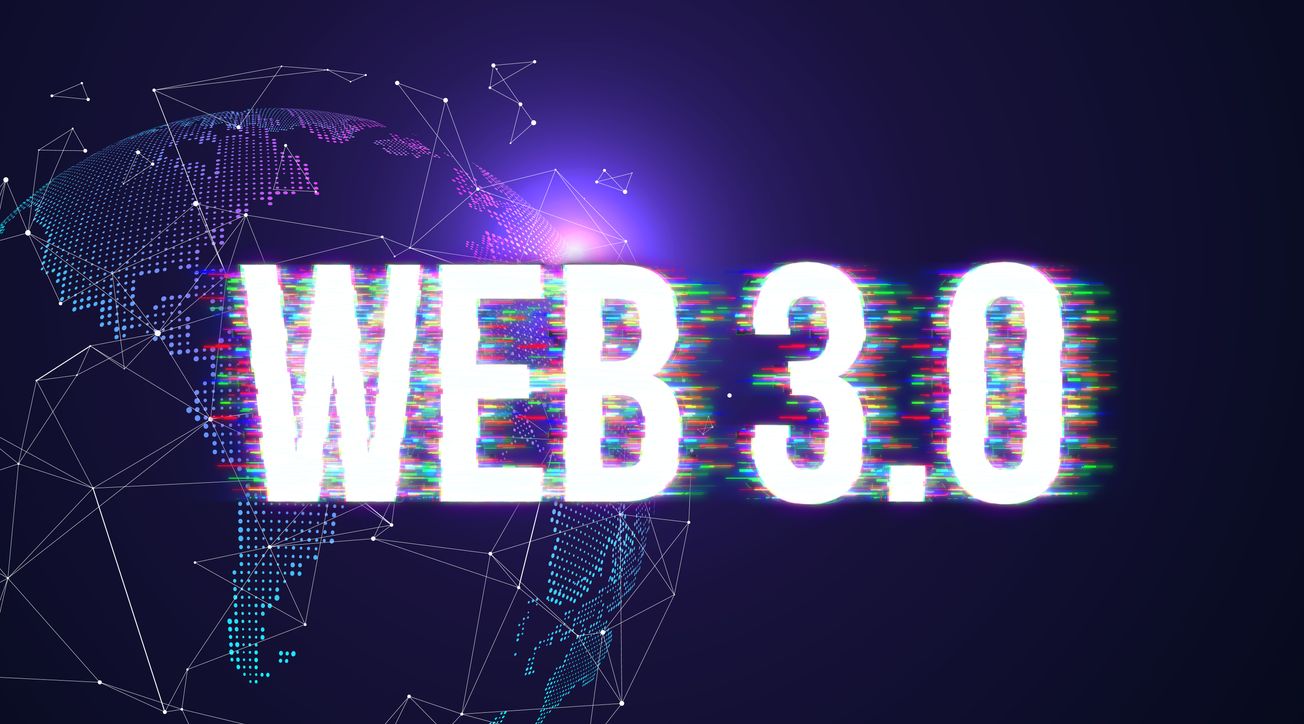When it was first created, the World Wide Web was merely an information-sharing platform. Over time, a Web 2.0 iteration came out, which allowed people to collaborate and share their ideas online. This was a step in the right direction, but now the focus is on Web 3.0. You've probably heard talk of Web 3.0, but you might not be clear on what it is and how it differs from Web 2.0.
First, let's look at Web 2.0 and then how Web 3.0 takes a giant step forward in creating a more user-friendly online experience. Web 2.0 emphasizes user-generated content, usability, and interoperability for end users. Tim O'Reilly, a tech professional, first coined the term in 2004. Some examples of Web 2.0 applications are:
• Social networking sites like Facebook, Instagram, and Twitter
• Wikis such as Wikipedia
• Blogs and microblogs
The concept behind Web 2.0 is that end users can collaborate and share information as creative participants rather than passive viewers. Thus, Web 2.0 allows individuals to read and digest content created by people around the world. It also enables people to connect with others with similar interests by providing platforms for discussion forums or chat rooms on popular topics such as politics or sports. Sites like Facebook and Twitter allow internet users to connect with people around the world and share ideas.
How Web 3.0 differs from Web 2.0
Web 3.0 is the third phase in web development, focusing on the idea of a semantic web, built-in intelligence that allows people to ask questions, apply filters, and connect two or more unrelated ideas or concepts relevant to their needs. It uses natural language processing and machine learning to enable more natural interaction with websites. Although some say Web 3.0 isn't here yet, others suggest it has already arrived.
Imagine if you didn't have to search the internet for information, but could simply ask it a question? This is just one of the benefits of Web 3.0 and the semantic web. The semantic web is sometimes referred to as the "intelligent web" because it will integrate machine learning and artificial intelligence into websites.
With machine learning, computers can learn by themselves, without human input. This will change how apps work and interact with users. AI refers to machines being able to reason so that they can understand what users want them to do.
All this means that Web 3.0 will make websites more intelligent for end users, making it easier than before for people unfamiliar with code or new technology to find information and accomplish their goals online.
Web 3.0 will represent a major shift in learning and getting information.
Web 2.0 introduced many concepts that are integral to the online experience--things like social media, streaming video, and interactive websites.
It will be an even greater shift, bringing machine learning and artificial intelligence to the forefront. The goal is for websites and web tools to become more intelligent and intuitive and better able to meet the needs of users. This will require major changes in how things are coded on the backend. But once implemented, you'll search less to find what you need. Instead, Web 3.0 will anticipate your needs based on previous searches or data collected from other sources online (like social media).
Web 3.0 will also be decentralized, as data will be hosted on decentralized networks on the blockchain. So, there will be no centralized authority over the data and who can access it.
The Bottom Line
The future of Web 3.0 is difficult to predict, but it's clear that Web 3.0 will be a different experience than people currently have online. It will be more interactive, innovative, and accessible to people everywhere, no matter what their situation. It will harness new technologies like augmented reality technology and blockchain technology, which are now in the early stages of development, and promise to change everything about modern internet use as people know it. With Web 3.0, there will be more interactivity, sharing in real time, and more user-generated content. So, stay informed about their ever-changing world by keeping up with the latest Internet and web design trends - and get ready for Web 3.0!






